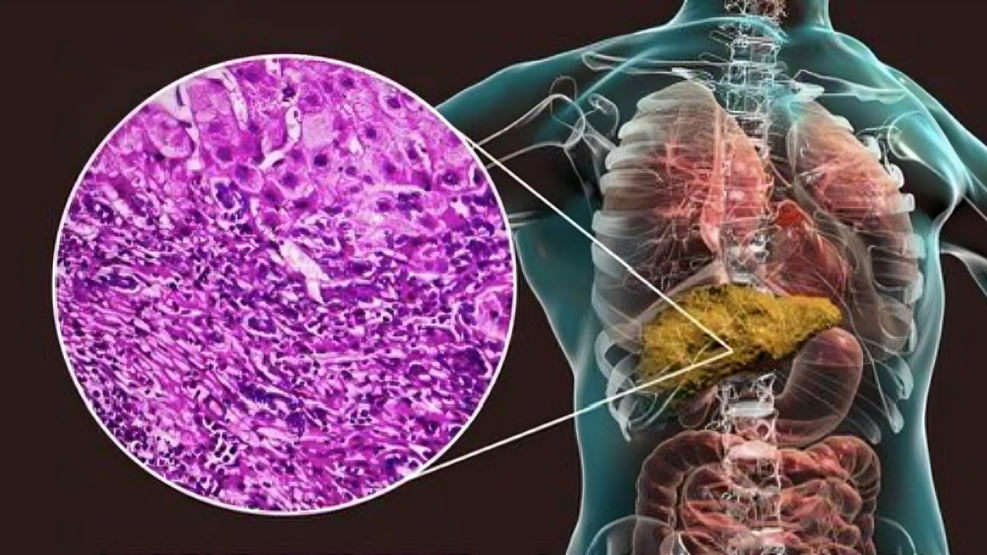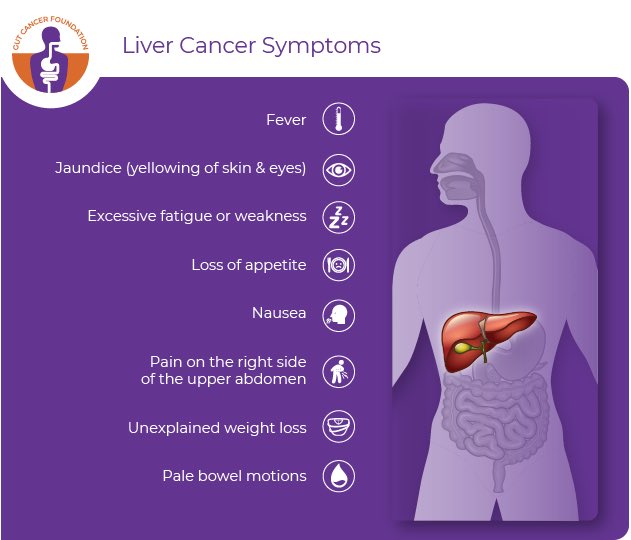
Shahrin Ahmed: Liver cancer risk rises after successful DAA therapy for HCV
Shahrin Ahmed, Medical Specialist at the Canadian Cancer Society, shared a post on X:
“The risk of liver cancer increases following successful hepatitis C virus therapy after DAA HCV therapy.
Hepatitis C virus (HCV) eradication is beneficial in decreasing the risk of liver cancer (LC), but lifestyle changes after treatment may counteract its advantages. We are examining lifestyle modifications that occur in HCV patients with SVR after receiving direct-acting antiviral (DAA) treatment.
In this planned study conducted solely in one center, HCV patients with advanced liver disease (F3/F4) who were treated and cured with DAA were invited to complete a questionnaire regarding their lifestyle habits.
The purpose of this is to carry out abdominal ultrasound, blood extraction, and anthropometric measurements within the first month of SVR and every 6 months thereafter. It’s possible for Lung Cancer development, death, or loss to follow-up to happen after 48 months of follow-up.
Successful HCV therapy in this prospective cohort resulted in significant lifestyle changes that led to an increase in BMI and alcohol consumption. Concerns have been raised about the potential harm of HCV cure’s chemopreventive benefits against the risk of liver disease progression following SVR changes.
The emergence of Lung Cancer is connected to metabolic risk factors and alcohol consumption. Following SVR, patients may find it beneficial to receive intensive counseling and pharmacotherapy to address obesity and alcohol use.
In addition to the burden of alcohol use disorder (AUD), there is a decreasing proportion of cirrhosis and Lung Cancer from HCV globally. Metabolic disorders, like obesity, diabetes mellitus, and hyperlipidemia, are on the rise.
Cirrhosis is caused by alcohol-associated liver disease globally. Between 2016 and 2030, it is predicted that the prevalence of metabolic dysfunction-associated steatohepatitis (MASLD) will increase.
The benefits of HCV treatment and cure could fall short in patients who have cured HCV due to metabolic risk factors and continued alcohol use. The risk of liver fibrosis and LC can be reduced by exercising and drinking coffee, as demonstrated.
This study’s purpose was to evaluate changes in exercise, alcohol consumption, coffee consumption, and body mass index (BMI) in a large cohort of patients. The development of hepatocellular carcinoma and other liver-related outcomes should be described by those who achieve HCV SVR with DAA.
Using these data, nurses can devise strategies to decrease liver disease progression and Lung Cancer development in patients with cured HCV.”

More posts featuring Shahrin Ahmed.
-
ESMO 2024 Congress
September 13-17, 2024
-
ASCO Annual Meeting
May 30 - June 4, 2024
-
Yvonne Award 2024
May 31, 2024
-
OncoThon 2024, Online
Feb. 15, 2024
-
Global Summit on War & Cancer 2023, Online
Dec. 14-16, 2023
